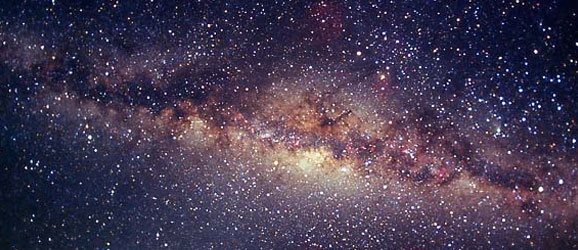Billions Of Super-Earths Discovered Within Our Milky Way
This article is more than 2 years old
 Our planet isn’t going to be around forever. With solar flares blasting us, the constant threat of an extinction level event like an asteroid, and of course there’s always the issue that humans are not only bleeding the planet dry and poisoning it, but are also pointing big nasty nuclear weapons at each other. One way or another, Earth will end whether we want it to or not.
Our planet isn’t going to be around forever. With solar flares blasting us, the constant threat of an extinction level event like an asteroid, and of course there’s always the issue that humans are not only bleeding the planet dry and poisoning it, but are also pointing big nasty nuclear weapons at each other. One way or another, Earth will end whether we want it to or not.
Scientists have long been on the hunt for habitable planets within reach to maybe evacuate to in the distant future when that technology arrive. They may have just found a bunch more, and pretty close by. The Milky Way is littered with about 160 billion red dwarfs, stars older and smaller than our sun, that have their own networks of planets orbiting them. According to MSNBC, in the past six years, 102 of them have been surveyed which revealed nine Super-Earths, planets roughly resembling to composition of our planet though larger in size, two of which fall within their star’s habitable zone.
Extrapolate that out and you wind up with the possibility of billions of habitable planets within our very own galaxy. Of course, the Milky Way itself is about 100,000 light years across so we’re a little ways away from reaching any of these planets, even for simple drone exploration, but knowing they’re out there means some interesting things for future generations of humans and whatever may already exist on these celestial bodies.
These discoveries don’t mean we’ll be shipping out any time soon, it simply means that these planets could be home to water, and where there’s water, there can definitely be life. However, because the stars that these planets are orbiting are smaller than our sun, the habitable zone is closer to it, exposing the surrounding planets to more of their stars’ violence, in the form of flares, radiation and the like. Because of this, whatever life that could have bloomed there may have been stunted.
In any respect, this is a huge discovery. It opens more doors for researchers, and kicks open doors in the hunt for extraterrestrial life. We may not see anything right away, but the possibilities of what we can find out there just got a lot more interesting. Go help fund NASA, HERE.












